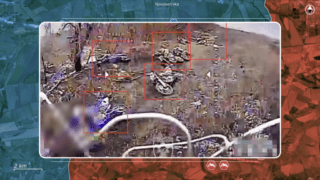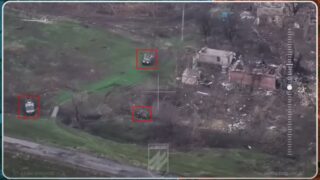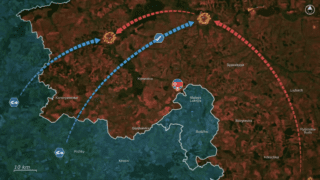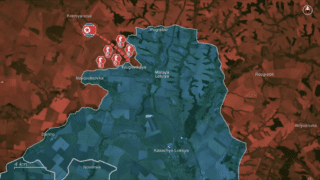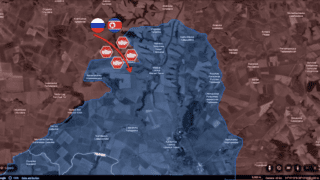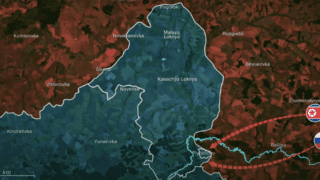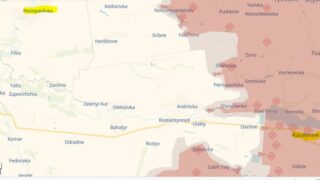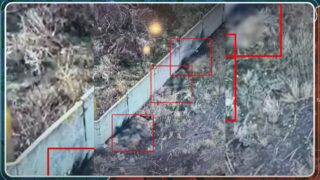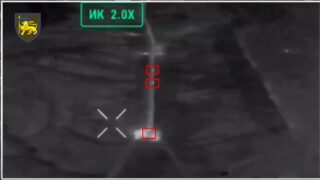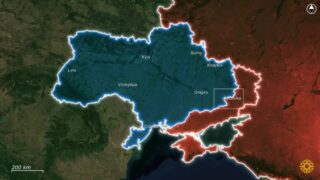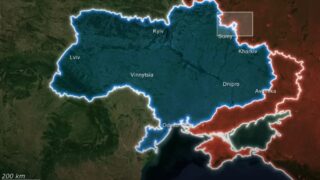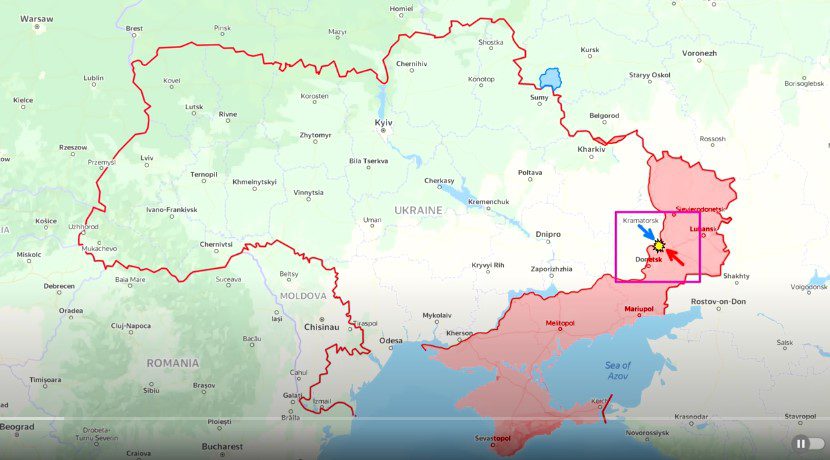
Frontline report: Russia’s high-rise assault in Toretsk fails as Ukrainian forces use FPVs to decimate Russian troops
Today, there are many updates from the Toretsk direction.
Here, after losing control of half of the tactically important high-rises in the central part of the city, the Russians decided to launch a counterattack to permanently change the dynamics of fighting in Toretsk. However, the Ukrainians were aware of this plan and readily faced the renewed Russian assaults, fully understanding that whoever controls the central high-rise area controls the whole city.
The Russian plan aimed to assault the Ukrainian-held high-rise buildings to regain complete control over the area. Success in this objective would allow Russian forces to expand their control over residential areas to the north of the high-rise sector and use them to flank the northern high-rises, intensifying combat there.

If achieved, this would have enabled Russia to establish comprehensive fire control over all of Toretsk from both high-rise sectors, paving the way for full control of the city.
After nearly a month spent regrouping and reorganizing following previous setbacks in Toretsk, the Russian command launched a major infantry assault on Ukrainian positions in the central high-rises. Their plan aimed to overwhelm Ukrainian defenses by swiftly infiltrating and storming the buildings, hoping to force Ukrainian forces into intense close-quarters combat.

The large number of Russian fighters on the ground made them vulnerable to concentrated Ukrainian FPV drone attacks. Many Russian soldiers attempted to evade detection by playing dead, but Liut Brigade drone operators, familiar with this tactic, commonly used by Russian forces in Toretsk, identified and targeted them.
While drones eliminated a substantial portion of the assault units, considerable numbers of Russian stormtroopers managed to enter the high-rises and engage Ukrainian forces in combat. Small-arms engagements between Russian and Ukrainian soldiers occurred at extremely close range—just a few dozen meters, sometimes even point-blank—unusually intense proximity in this war.

The intensity of the combat prevented wounded Ukrainian soldiers from receiving immediate treatment, prompting them to continue fighting in hopes of repelling the Russian forces quickly to secure medical aid.
Additional footage shows Ukrainian soldiers spotting a Russian stormtrooper on a nearby rooftop attempting to play dead, whom they promptly neutralized.
After exhausting Russian assault forces and inflicting severe losses in the high-rises, Ukrainian fighters retrieved radios from fallen Russian soldiers and used them to communicate with the remaining Russian survivors in Russia.

This tactic lured Russian stormtroopers out of their positions under the impression they were approaching friendly forces, only to be met with concentrated Ukrainian machine gun fire. This strategy allowed Ukrainians to draw Russian troops out of fortified positions and eliminate them without engaging in close-quarters combat.
Overall, the Russians launched a large assault on Ukrainian positions in the high-rise district of central Toretsk, only to face yet another brutal defeat. After the Ukrainian fighters lured and killed Russians by using captured radios, the Russian command realized that their communications and coordination among infantry assault squads had been compromised, and they decided to withdraw.

This decision was the only remaining decision that Russian commanders had under the condition of compromised communications, which brought them back to ground zero in terms of their offensive efforts in Toretsk.
Losses from this assault will force them to reorganize their forces for another few weeks to restart their assaults.

In our daily frontline report, we pair up with the military blogger Reporting from Ukraine to keep you informed about what is happening on the battlefield in the Russo-Ukrainian war.



